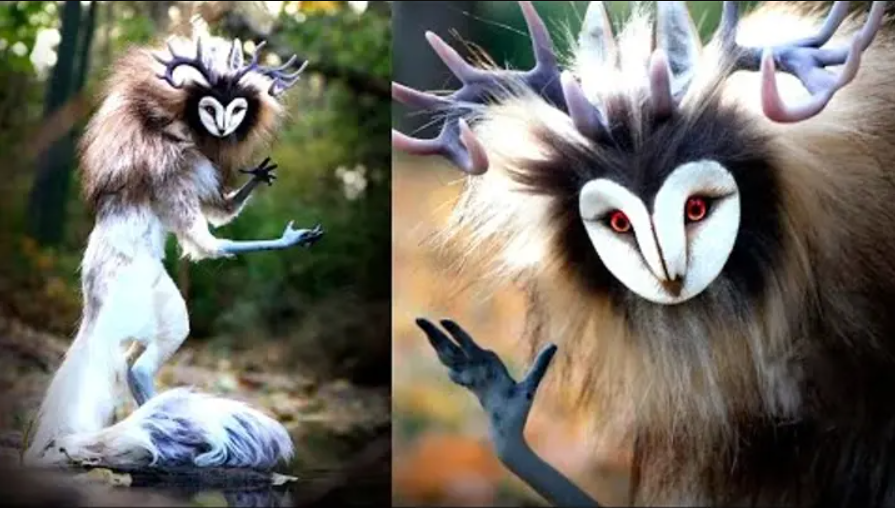
We all love animals, but how much do we really know about them? Over time, myths about animals have spread like wildfire, leaving many of us believing things that aren’t true. From misunderstood behaviors to bizarre abilities, it’s time to separate fact from fiction. Let’s bust some of the most common animal myths once and for all!
1. Myth: Bats Are Blind
Truth: Bats aren’t blind at all. In fact, many species have excellent vision, and they use it in conjunction with their famed echolocation to navigate at night. While echolocation helps them hunt in darkness, their eyes do just fine in low-light conditions.
2. Myth: Goldfish Have a 3-Second Memory
Truth: Goldfish are actually much smarter than you think. Research shows they can remember things for months and are capable of learning and recognizing patterns. So the next time you see your goldfish swimming to the top of the tank at feeding time, know it’s not just a coincidence!
3. Myth: Ostriches Bury Their Heads in the Sand
Truth: This old myth suggests ostriches bury their heads in the sand when they’re scared, but that’s simply not true. Ostriches are far more likely to run from danger at speeds of up to 45 mph! When they do put their heads down, it’s usually to turn their eggs or check their nests.
4. Myth: Dogs See in Black and White
Truth: While dogs don’t see the full spectrum of colors like humans do, they are not color-blind. Dogs can see shades of blue and yellow, meaning they view the world in a different, but not monochrome, way.
5. Myth: Bulls Charge at the Color Red
Truth: It’s not the color red that gets bulls angry—it’s the movement. Bulls are actually color-blind to red and green. The waving motion of a matador’s cape is what provokes them to charge, not the color itself.
6. Myth: Camels Store Water in Their Humps
Truth: A camel’s hump is not a water tank! Camels store fat in their humps, which they use as a source of energy when food is scarce. They can survive long periods without water because their bodies are incredibly efficient at conserving moisture.
7. Myth: Mother Birds Will Abandon Their Babies if Touched by Humans
Truth: Birds have a very poor sense of smell, so the idea that a mother bird will abandon her chick because of human scent is just a myth. Most birds will continue caring for their young even if they’ve been handled, so don’t hesitate to return a fallen chick to its nest!
8. Myth: Sharks Can Smell a Single Drop of Blood from Miles Away
Truth: While sharks have an incredible sense of smell, the claim that they can detect a drop of blood from miles away is an exaggeration. In reality, sharks can smell blood at concentrations as low as one part per million, which is impressive but not as dramatic as the myth suggests.
9. Myth: Chameleons Change Color to Blend in with Their Surroundings
Truth: Chameleons change color primarily to communicate or regulate their body temperature, not to blend in. Their skin reacts to factors like light, temperature, and mood, creating vibrant color shifts that are more about communication than camouflage.
10. Myth: Touching a Toad Will Give You Warts
Truth: Warts in humans are caused by a virus, not by touching toads. Toads have bumpy skin, which may look wart-like, but they cannot transmit warts to people. So, go ahead and admire them—just wash your hands afterward!
Why These Animal Myths Persist
Many of these myths have been passed down through generations, influenced by folklore, outdated science, or simple misunderstandings. While some are harmless, others can negatively affect how we treat and understand animals. It’s essential to challenge these misconceptions with facts so we can better appreciate the fascinating creatures that share our planet.
Conclusion: Understanding Animals Better
By debunking these common myths, we gain a deeper appreciation for the natural world. Animals are full of surprises, and understanding their true nature helps us live in harmony with them. Remember: always question what you hear, especially when it comes to the amazing (and often misunderstood) animal kingdom!